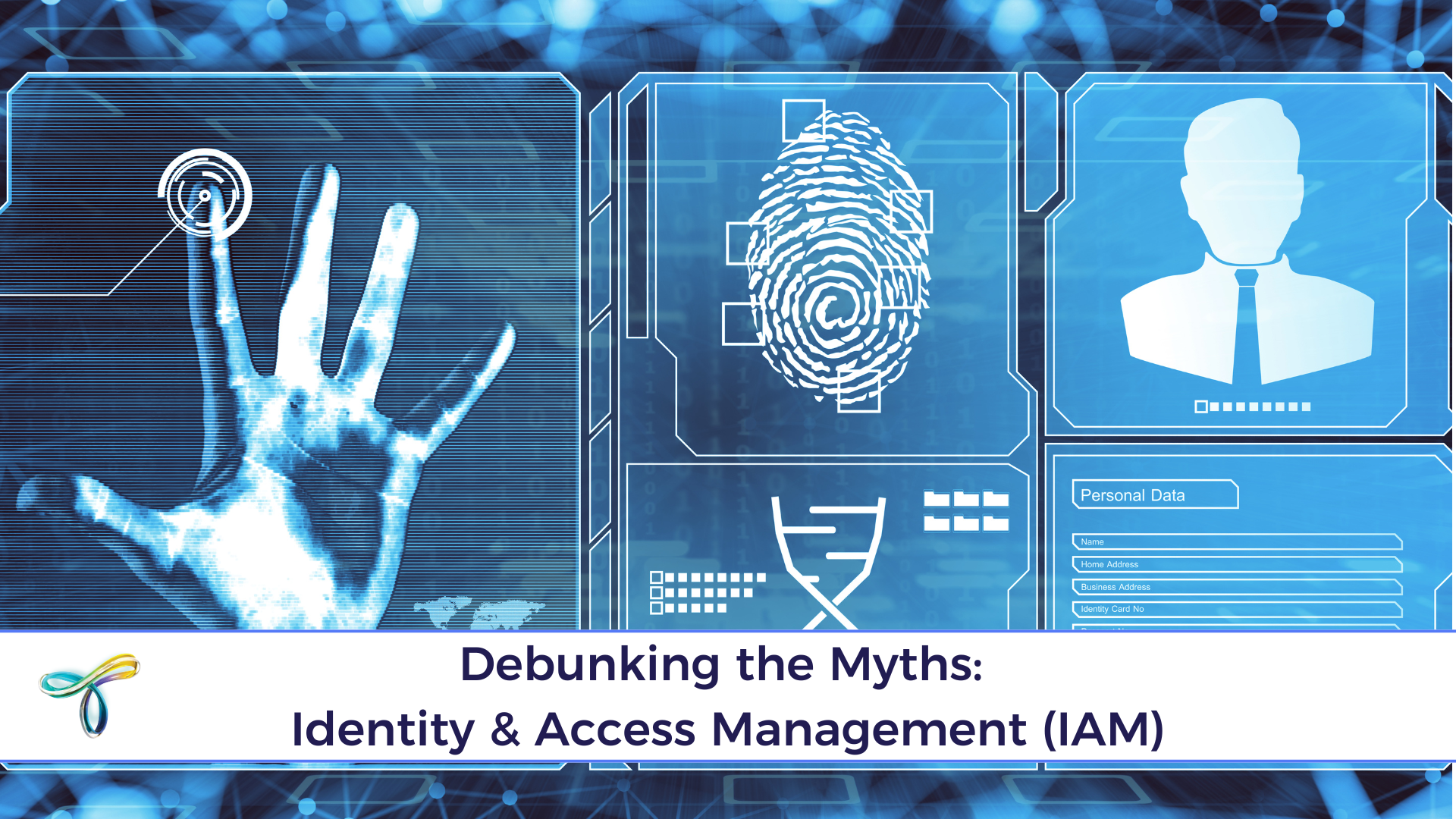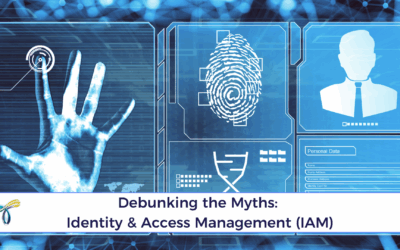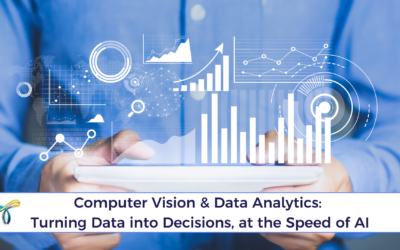The education sector is undergoing a digital transformation, with schools, universities, and online learning platforms increasingly relying on technology to enhance teaching and learning. While this shift has unlocked immense potential, it has also introduced new risks to the privacy and security of sensitive student data. From personal records to academic performance and behavioural analytics, protecting this data is critical to ensuring trust and compliance in the education system. This article explores the unique challenges of data security in education. We also explore best practices for safeguarding student information, and the technologies that help institutions secure their digital environments.
Why Data Security is Crucial in Education
Educational institutions collect and manage a vast amount of personal information. This includes student names, addresses, medical records, grades, and disciplinary histories. A breach of this data can have serious consequences, including:
- Identity Theft: Exposed student data can be used for fraudulent activities, from financial fraud to social engineering attacks.
- Reputational Damage: Institutions that fail to protect student information risk losing the trust of parents, students, and faculty.
- Regulatory Fines: Non-compliance with data protection laws like GDPR, FERPA, or CCPA can result in hefty penalties for institutions.
With cyberattacks targeting schools and universities on the rise, data security has become a pressing issue that demands proactive measures from educational leaders.
Key Data Security Challenges in Education
The education sector faces unique challenges when it comes to protecting sensitive data:
- Outdated IT Systems: Many schools and universities rely on legacy systems that lack modern security features, leaving them vulnerable to cyberattacks.
- Limited Budgets: Educational institutions often operate with tight budgets, making it difficult to invest in robust cybersecurity solutions.
- Widespread Data Sharing: Collaboration between students, teachers, and third-party providers involves extensive data sharing, increasing the risk of data leakage.
- Rise in Remote Learning: The adoption of online learning platforms during the pandemic has introduced new vulnerabilities, from unsecured networks to phishing attacks targeting students and staff.
Best Practices
To address these challenges, educational institutions should adopt a multi-layered approach to data security:
- Access Control: Restrict access to sensitive data based on roles and implement multi-factor authentication (MFA) to ensure only authorised personnel can access critical systems.
- Encryption: Encrypt student data at rest and in transit to protect it from unauthorised access.
- Regular Security Audits: Conduct routine audits to identify vulnerabilities in IT systems and implement necessary upgrades.
- Employee and Student Training: Educate staff and students about recognising phishing attempts, securing devices, and following data privacy protocols.
- Secure Remote Learning Platforms: Choose learning management systems (LMS) with built-in security features like end-to-end encryption and user activity monitoring.
- Data Minimisation: Collect only the data that is absolutely necessary and securely delete outdated records to reduce risk exposure.
Technologies Enhancing Data Security in Education
Several emerging technologies are helping educational institutions strengthen their data security posture:
- Cloud Security: Secure cloud solutions allow schools and universities to store data safely while enabling remote access for authorised users.
- AI-Powered Threat Detection: Artificial intelligence tools can monitor networks for unusual activity and flag potential cyber threats in real-time.
- Blockchain for Credentialing: Blockchain technology ensures the integrity of academic records, preventing tampering and unauthorised changes.
- Identity and Access Management (IAM): IAM systems streamline access control by verifying users and ensuring data is accessible only to authorised individuals.
Future Trends
Looking ahead, data security in education will continue to evolve, driven by advancements in technology and increasing regulatory scrutiny. Key trends include:
- Zero-Trust Security Models: Educational institutions will adopt zero-trust frameworks to secure networks, verifying every access request regardless of its origin.
- Enhanced Privacy for Students: Privacy-focused tools, such as anonymisation techniques, will help institutions protect student identities while conducting research or analytics.
- Increased Collaboration with EdTech Providers: Schools and universities will work closely with technology providers to develop more secure educational platforms.
- Cybersecurity Awareness Campaigns: Raising awareness among students and staff about data security will remain a top priority for reducing human-related vulnerabilities.
Protecting the Future of Learning
As education becomes more digital, data security must remain a top priority for schools and universities. By adopting advanced technologies and implementing best practices, educational institutions can protect sensitive student information, comply with regulations, and maintain trust within their communities. Ensuring data security is not just about protecting information. It’s about safeguarding the integrity of the education system and the future of learning.
Stay tuned for the next article in our “Data Security in…” series, where we’ll explore the unique challenges and solutions in the financial services sector.





